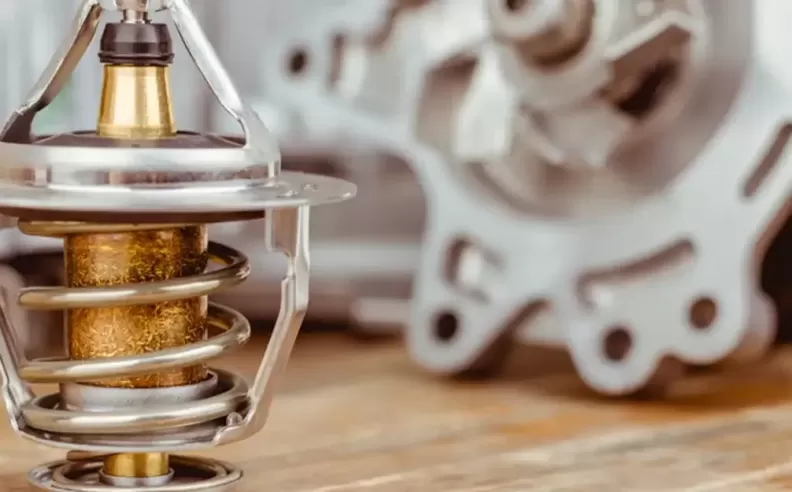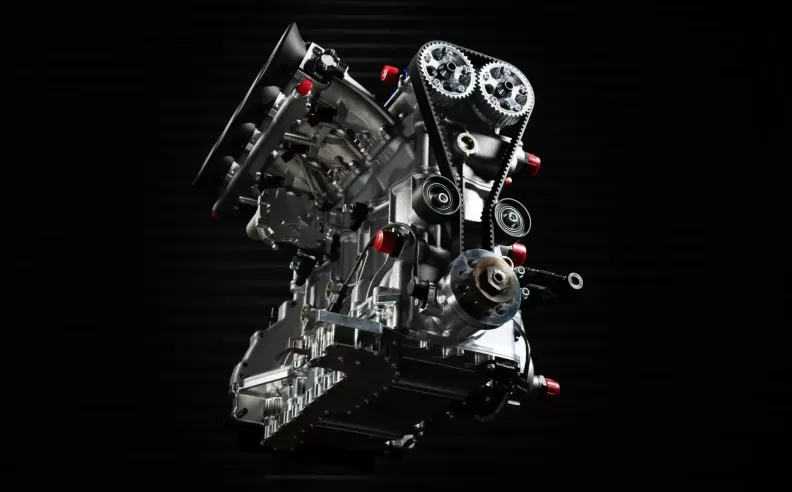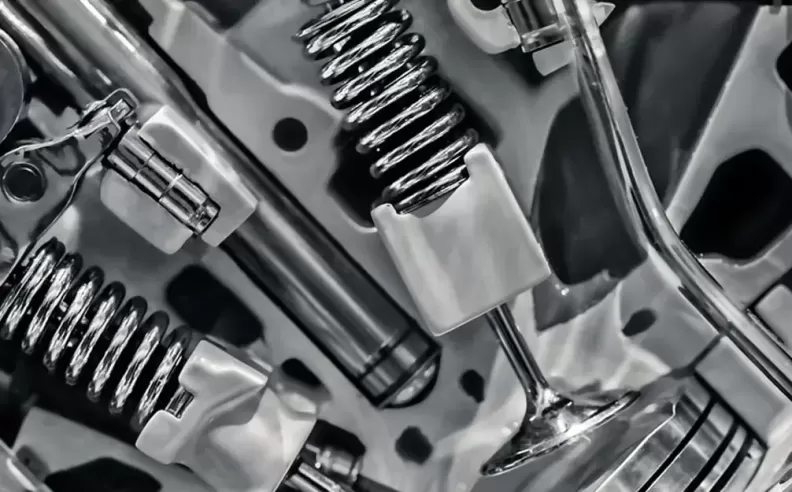
For Saudi drivers dealing with the heat and long road trips, keeping an engine running smoothly is crucial. One small but powerful component makes a big difference: the engine valve. These tiny parts manage the flow of air and fuel into the engine and allow exhaust to exit, all in perfect timing. A single malfunction can affect fuel economy, reduce power, or even damage the engine over time. This article from motor283 breaks down what engine valves do, why they matter, and how to spot trouble early.
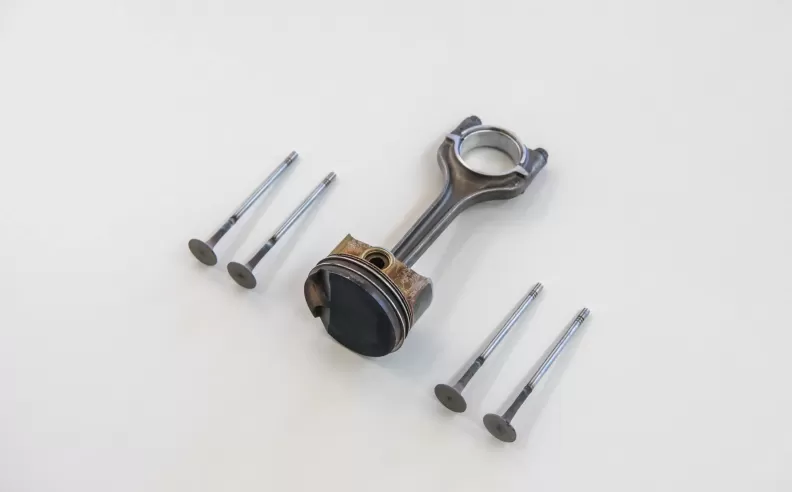
In modern vehicles across Saudi Arabia, engine valves follow a variety of designs depending on how the engine is built. Every valve has a key role, whether it’s an intake valve allowing air and fuel into the engine or an exhaust valve pushing out combustion gases. These valves operate with precise timing, working in sync with the camshaft.
One common type is the OHV or Overhead Valve system, usually found in older vehicles or light trucks. This setup uses pushrods to move the valves and is known for its durability, though it's less precise than newer systems.
Then there's the OHC and DOHC setup, which places the camshaft above the valves. OHC uses a single camshaft for both intake and exhaust, while DOHC uses two camshafts, one for each. This improves timing control, boosts power, and helps save fuel, which is why it's popular in most modern cars in Saudi Arabia.
Some cars feature multi valve engines, with four or more valves per cylinder. This setup enhances airflow inside the engine, leading to more power and lower emissions.
And for those looking for top efficiency, there’s variable valve timing or VVT. Brands like Honda, Toyota, and BMW equip their cars with this system to adjust the valve timing depending on speed and load. It helps balance power with fuel savings, especially useful for Saudi drivers navigating between city traffic and open highways.
Each of these systems delivers different advantages, and knowing which one is in your car can help you maintain it more effectively.
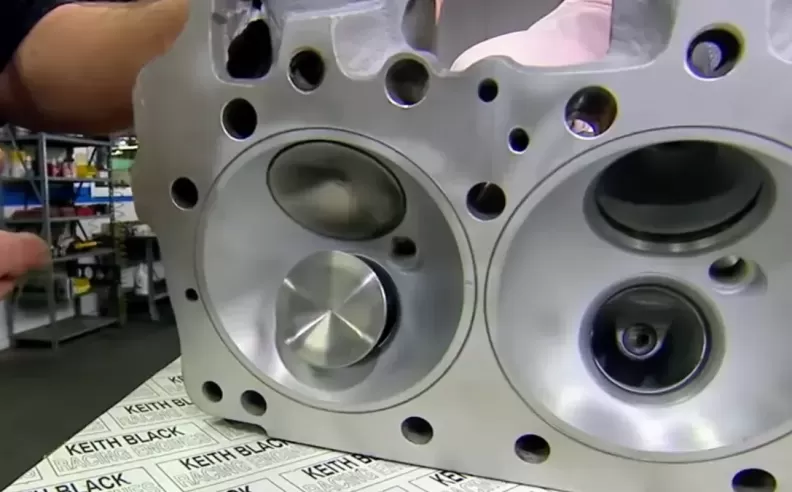
Recognizing early signs of valve trouble can save Saudi drivers from serious engine damage and expensive repairs. One of the first red flags is a ticking or tapping sound from the top of the engine, which usually points to poor valve clearance or worn components. If blue or white smoke starts coming from the exhaust, it may indicate oil leaking into the combustion chamber because of bad valve seals. Drivers might also notice rough idling, weak acceleration, or even a sudden drop in engine power due to compression loss. Another common sign is increased fuel consumption, especially during long drives or when the engine is under stress in Saudi’s high temperatures.
To keep the valves in good shape, it’s essential to stick to regular oil changes using high quality engine oil. Dirty or old oil can lead to buildup and damage over time. A clean air filter is also important because it keeps dust and debris out of the combustion chamber. Checking and adjusting valve clearance during regular service intervals, usually every sixty thousand to one hundred thousand kilometers, can help prevent premature wear. It is also wise to avoid letting the engine idle for too long or driving aggressively in extreme heat without proper cooling.
When damage is detected early, valves can often be fixed through a process called valve grinding. This reshapes the valve to ensure it seals tightly. But if the valve is cracked or burned, it needs to be replaced completely, along with its seat and seal, to restore full engine performance.

Started my career in Automotive Journalism in 2015. Even though I'm a pharmacist, hanging around cars all the time has created a passion for the automotive industry since day 1.
